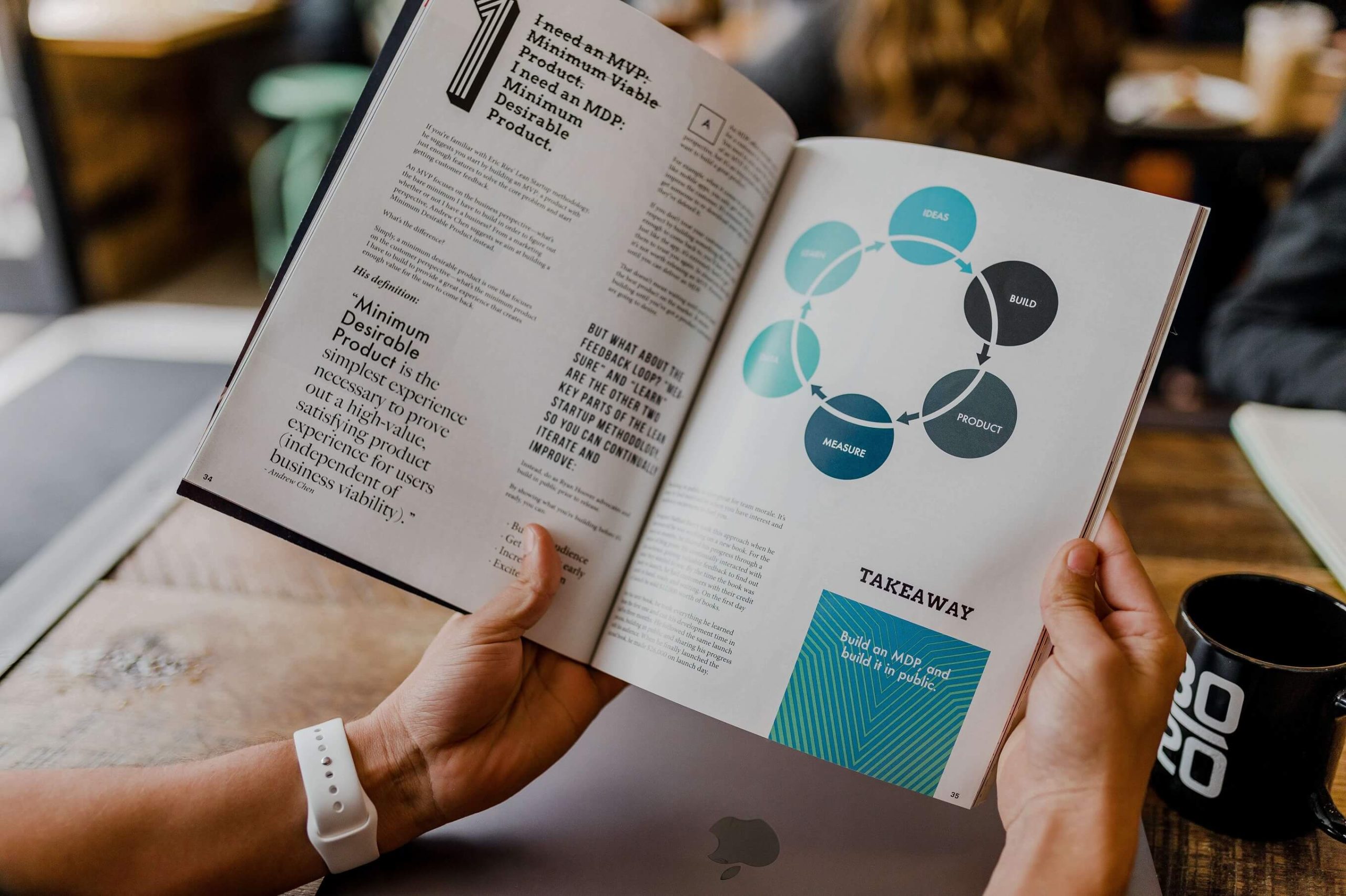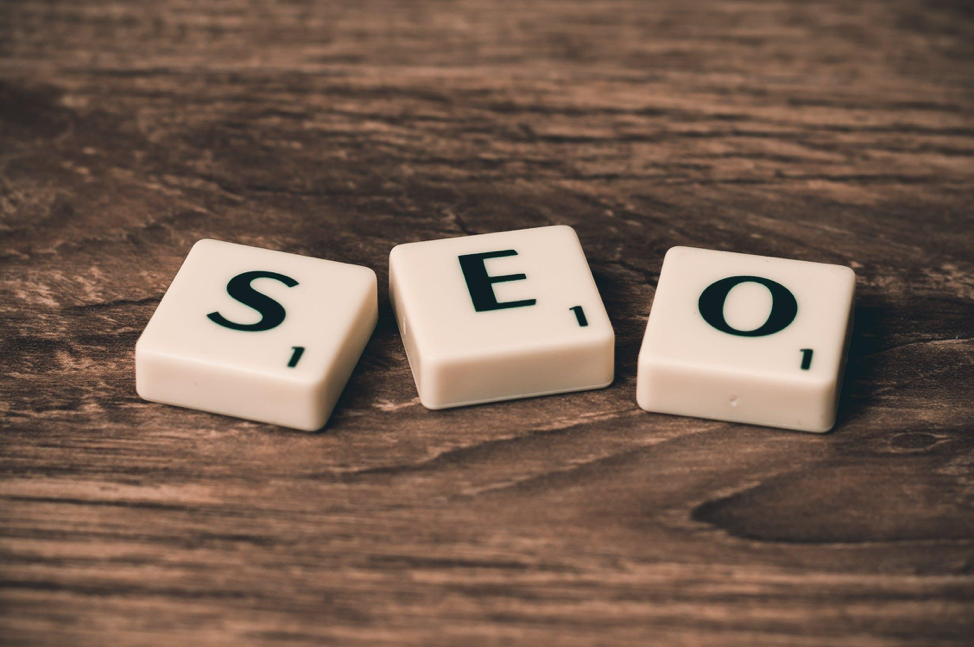‘Design for life’ is a concept that is in constant tension with the need for design to adapt to changing times, circumstances, and challenges. It is an idea that extends to everything from branding to furniture, cars to technology. Braun’s head designer, Dieter Rams, left the company because of how horrified he was by today’s throwaway society. Good design, he believed, should last a lifetime, but does this idea extend to branding?
Which Elements Do Long-Lasting Brands Have in Common?
Some parts of a company’s branding are unchanging, even though aspects such as target markets and the technology used to reach them, may change over the years. As confirmed by branding experts at Namestormers, everything from the company name to its logo and font choice should express the brand’s values, purpose, vision, and mission. It all begins with a name — something that can make or break a company. Think of visionary names like Apple, Uber, or Google. Just one word clearly reflects the value of these brand, which is key considering the fact that your name/logo is the first thing people see.
The Success of Google
Your brand name is your company’s entire identity summed up into one or more words. Think Google — a word play on googol — meaning the number 10 followed by 100 zeros. It perfectly describes the company’s entire purpose: that of indexing an unfathomable number of online pages. It is a perfect instance of ‘design for life’; a word that is so intricately tied in to the very identity of a company that it is bound to fulfill its purpose as long as the company stands. Add to this the colorful, playful logo and you have creativity married to accuracy. Both are vital elements of Google’s values, purpose, vision, and mission.
Signs Your Branding Needs Changing
Design doesn’t always last for life, and sometimes, this isn’t owing to branding mistakes. The lifespan of a logo or website, for instance, can require reassessment when a key element of branding — such as purpose — changes. A fine example can be found in the complete change in branding of Milan football team, Juventus. The logo, once comprising a traditional club seal, failed to connect with the young, fashion-conscious crowd the brand sought to attract. The football club partnered with Interbrand to change its logo, website, and colors, and a complete transformation was carried out. Thus, the old seal was replaced with a Fendi-style double ‘J’ logo aimed at transforming the Juventus name into a lifestyle. The more vibrant logo is the ideal match for merchandize, whose value extends beyond the sport of football.
‘Design for life’ is the ultimate aim for any brand strategist, yet sometimes, brands need new life breathed into them via rebranding strategies. This is the case when one of the fundamental pillars of a brand - including its mission or purpose - change. Honing in on a specific target market can also require major change - something that loyal customers can initially resist but find connection with if branding remains true to the core values that resonated with its initial audience.
Related Posts
Community manager at Visual Contenting. Jacqueline loves to talk about social media trends, new technology and how they help businesses accelerate their marketing efforts.







